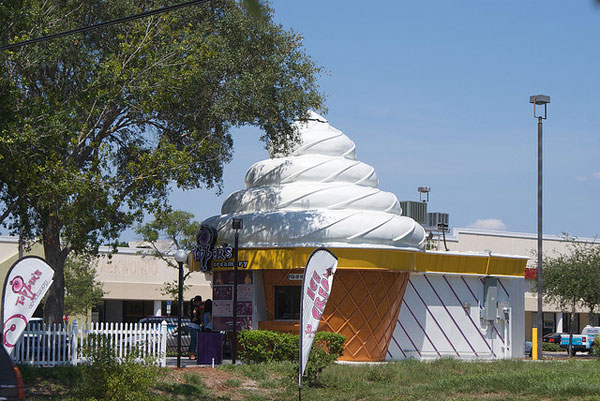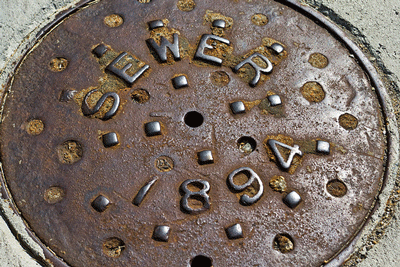Why rural food service establishments should pretreat
- Jul 16, 2015
 If you live in a rural area, chances are good that you use a septic system to treat your wastewater. If that’s the case, you’re probably careful about what goes down the drain and into the tank. You might, for example, pour any used cooking oil or grease into a disposable container and toss it into the garbage can. Sound familiar?
If you live in a rural area, chances are good that you use a septic system to treat your wastewater. If that’s the case, you’re probably careful about what goes down the drain and into the tank. You might, for example, pour any used cooking oil or grease into a disposable container and toss it into the garbage can. Sound familiar?
Though that might be standard practice for residences with on-site sewage management, it’s not exactly a feasible option for commercial entities that produce a high volume of grease, such as restaurants and resorts. To maintain an effective sewage treatment system free of grease clogs, pretreatment is vital.
Keeping grease out of your local sewage system — whether it's a septic field or another treatment process — will save you money and prevent maintenance headaches in the future.

 A packed-to-the-gills restaurant during dinner rush doesn’t hold a candle to the hustle and bustle — both in and out of the kitchen — of a middle school cafeteria during the lunch hour.
A packed-to-the-gills restaurant during dinner rush doesn’t hold a candle to the hustle and bustle — both in and out of the kitchen — of a middle school cafeteria during the lunch hour. The federal government takes grease seriously. Very seriously. In fact, the Department of Justice is ready, and willing, to issue federal jail time to any individual who knowingly violates the Clean Water Act, a standing tenet of which is proper grease disposal.
The federal government takes grease seriously. Very seriously. In fact, the Department of Justice is ready, and willing, to issue federal jail time to any individual who knowingly violates the Clean Water Act, a standing tenet of which is proper grease disposal. Imagine taking a paintbrush to the broadside of an old barn: Your goal is probably to cover the expanse uniformly with one color. But the result would likely be a lot different if you didn’t consider the number of boards you might have to replace, holes that need patching or nails that need to be driven back into the wood.
Imagine taking a paintbrush to the broadside of an old barn: Your goal is probably to cover the expanse uniformly with one color. But the result would likely be a lot different if you didn’t consider the number of boards you might have to replace, holes that need patching or nails that need to be driven back into the wood.
 The EPA estimates the total number miles of sewer lines snaking across the country to be about 1.2 million. Considering some of these lines are over 100 years old, local governments will spend billions of dollars modernizing failing wastewater systems over the next 10 to 20 years.
The EPA estimates the total number miles of sewer lines snaking across the country to be about 1.2 million. Considering some of these lines are over 100 years old, local governments will spend billions of dollars modernizing failing wastewater systems over the next 10 to 20 years. In 1884, Nathaniel Whiting patented the first grease interceptor design. These oversized, concrete boxes are still the default choice for many in the food-service industry.
In 1884, Nathaniel Whiting patented the first grease interceptor design. These oversized, concrete boxes are still the default choice for many in the food-service industry. Think about the grease interceptor in your food service establishment.
Think about the grease interceptor in your food service establishment.
 It’s not very often that wastewater system workers are hailed as heroes in the headlines around the world. But in August 2013, that’s what happened.
It’s not very often that wastewater system workers are hailed as heroes in the headlines around the world. But in August 2013, that’s what happened.




